Monitor the Moisture Levels
Monitoring compost moisture levels is important to achieve healthy compost. This is because if the moisture levels are too low, the bacterial activity of breaking down materials is limited and the process becomes less effective. However, if the moisture levels are too high, the bacteria change their state and become anaerobic, creating a foul smell. The key to compost moisture levels is having balance.
Without diving into the complex methods of monitoring compost moisture (’cause let’s face it, most people simply want a solution) here are a couple of ways to get the perfect compost moisture.
- If your compost starts to smell bad, it’s probably too wet. Try adding dry materials such as wood chips, twigs, dry leaves and grass cuttings to equalise the moisture level. Also be cautious of the lack of material breakdown due to excess moisture.
- If the compost is too try, this will be quite obvious to spot. Simply water the compost light-handedly, until it has reached and saturated the desired location just enough.
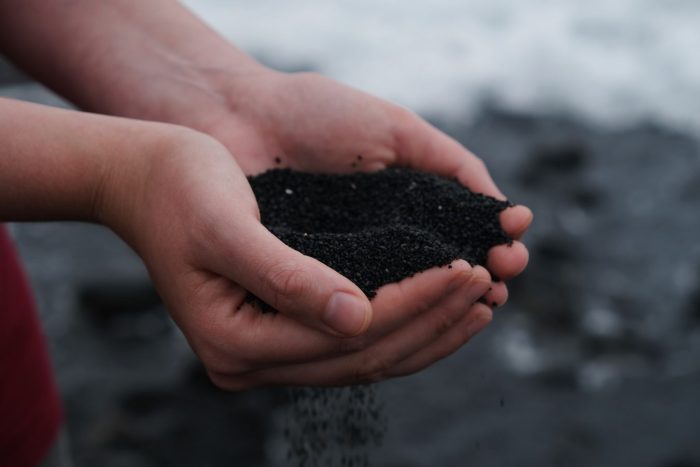
Add Moisture to the Middle of the Compost Heap
The middle of the compost pile is where moisture is needed the most if you’re finding that your compost is too dry or isn’t breaking down as nicely as you would like. The middle of the compost needs the most moisture because that is where it is the hottest and therefore dries out the quickest. This is especially important in plastic compost bins because the sides of the bin keep moist through the condensation.
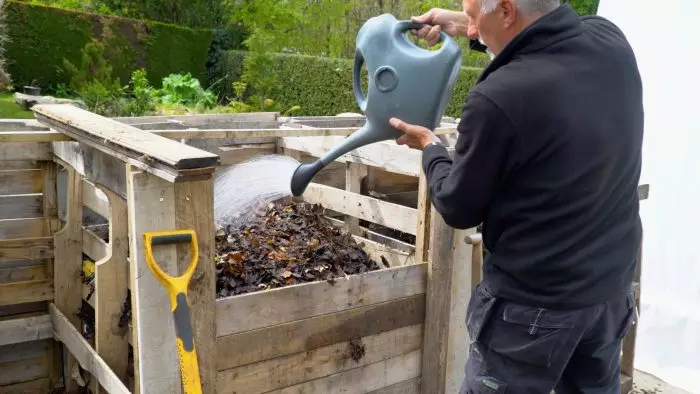
Use Diatomaceous Earth
Diatomaceous Earth is typically used to kill any ants or red mites, however, has the potential to cause problems when used in compost. Be cautious when using this in order to aerate the compost.
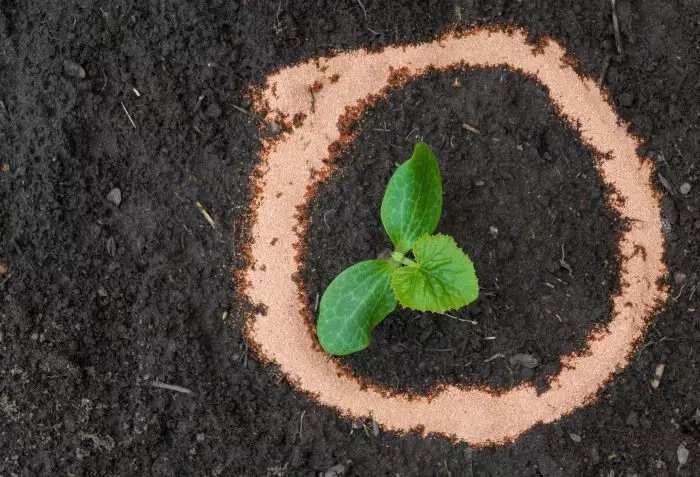
Aerate and Mix the Contents Effectively
Try to avoid layering the same materials where possible (this is sometimes difficult with grass cuttings). Aerate every 5-10 days and even poke holes with a thick stick to get air into the centre of the pile. This allows for a bigger surface area of material to compost more efficiently.
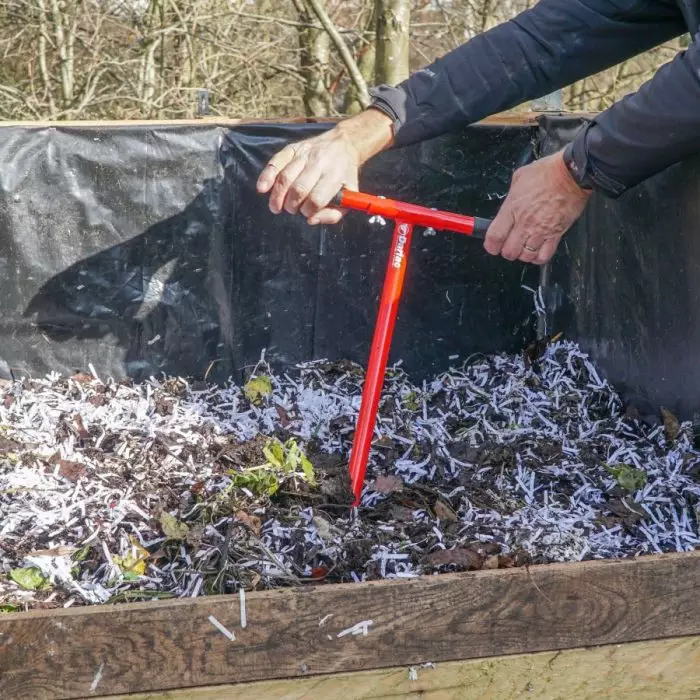
Get the Carbon, Nitrogen and Phosphorous Balance Right
Microbes require 1 part nitrogen to 25 parts carbon to be effective. Grass & plants cuttings and fruit/vegetable waste are high in Nitrogen while dry leaves, wood chips and sticks are high in carbon. Use fertilisers with the correct C:N:P balance for the types of waste you are adding.
Envii Compost Accelerator is the perfect addition to any home-made compost. It will increase the efficiency and fertility of your compost.
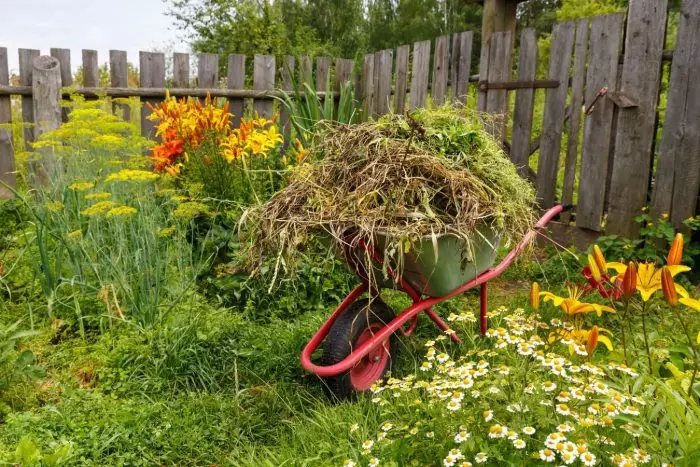

 Call us on 01246 240880
Call us on 01246 240880 Sign-up and receive 10% off
Sign-up and receive 10% off